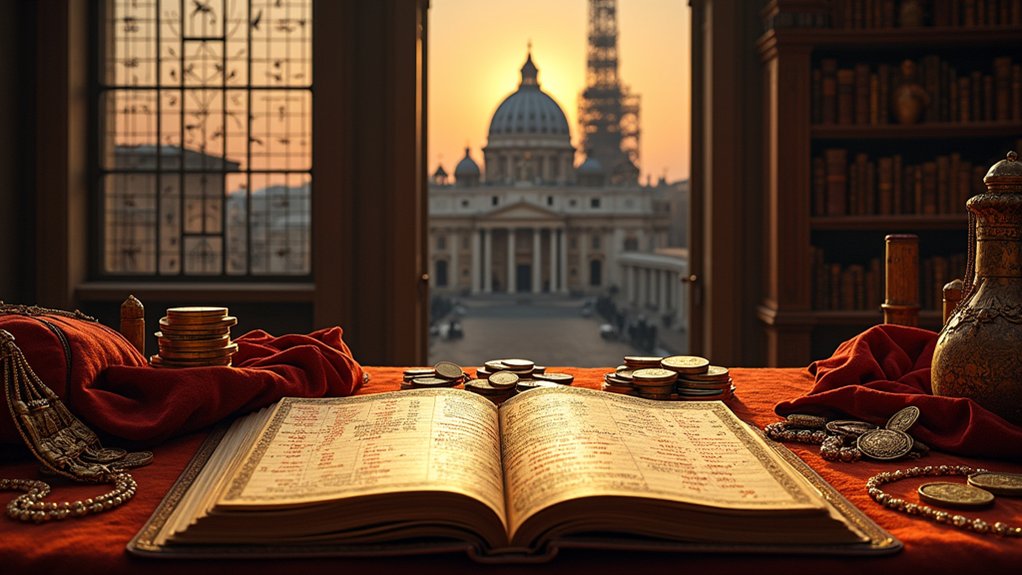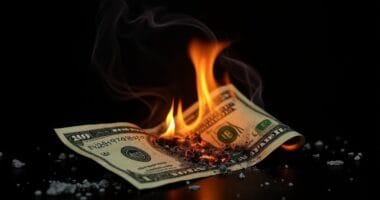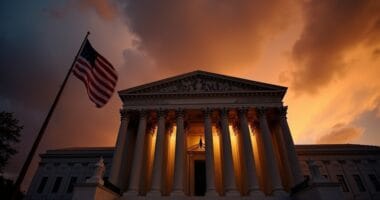Pope Leo X turned the Vatican’s finances into a spectacular train wreck. The 16th century pope doubled household expenses to 100,000 ducats annually, borrowed recklessly from banks, and sold church offices to the highest bidder. By his death in 1521, he’d burned through 4.5 million ducats and left 400,000 ducats in debt. His spending sparked the Protestant Reformation and left a legacy that would make modern CEOs break into a cold sweat. The full story gets even wilder.

How does a pope manage to blow through an entire treasury in just two years? Ask Pope Leo X, the Renaissance-era pontiff who turned fiscal mismanagement into an art form. He doubled his household expenses to a whopping 100,000 ducats annually, making his predecessor Pope Julius II look like a penny-pincher in comparison.
The numbers are staggering.
The sheer scale of Leo X’s financial disaster defies belief, turning the Vatican’s wealth into an ecclesiastical black hole.
Leo X burned through four and a half million ducats during his reign, transforming Rome into a cultural hotspot while transforming the Vatican’s bank account into a black hole.
When the inherited wealth ran dry, he did what any desperate leader might do – he borrowed. A lot. From everyone. Banks, traders, Jewish financiers, probably even his cousin’s neighbor’s uncle.
Like modern borrowers seeking lower interest rates, he offered valuable church assets as collateral.
But borrowing wasn’t enough. Leo X got creative, really creative.
He started selling everything that wasn’t nailed down – and some things that were.
Palace furniture? For sale.
Sacred statues? Priced to move.
Church offices? Available to the highest bidder.
He even created new religious titles just to sell them.
Want to be a Knight of Peter? That’ll be one large donation, please.
The indulgence market boomed under Leo X.
Need your sins forgiven? There’s a price tag for that.
This spiritual fire sale caught the attention of a certain Martin Luther, who wasn’t exactly thrilled about the whole “pay-for-salvation” business model. The massive construction of St. Peter’s Basilica required endless funding, driving Leo’s desperate fundraising efforts. He even appointed his own Medici relatives to profitable bishoprics, turning the church into a family business.
This led directly to the Protestant Reformation.
When Leo X unexpectedly died, he left behind debts of 400,000 ducats and a lot of angry creditors.
His annual income of 500,000 to 600,000 ducats somehow never quite covered his spending habits.
Between expensive military campaigns, political alliances that needed funding, and his lavish patronage of the arts, the money just kept flowing out faster than it came in.
The legacy? A severely undermined papal treasury, a fractured church, and a cautionary tale about fiscal responsibility that would make modern CEOs wince.
Talk about a Renaissance-era financial meltdown.





